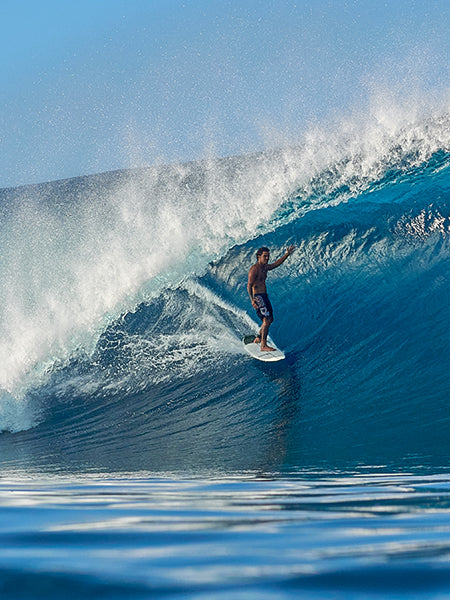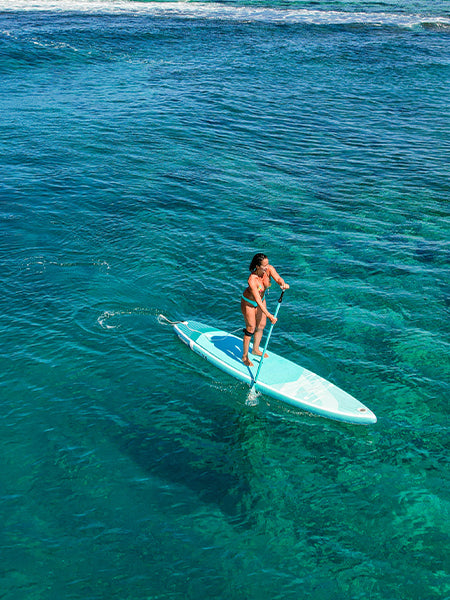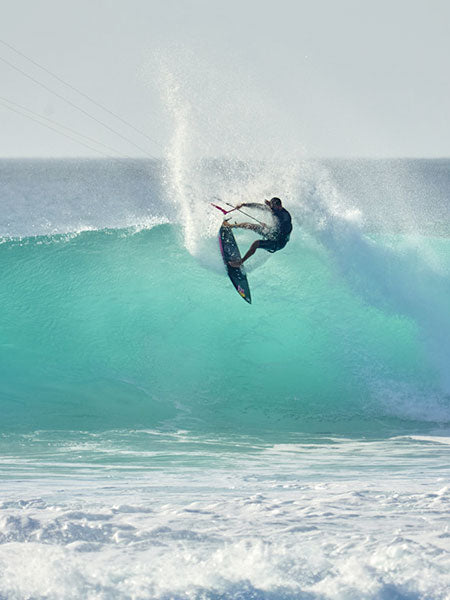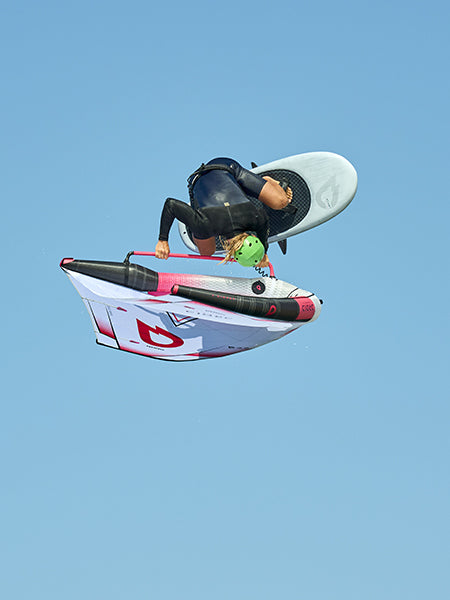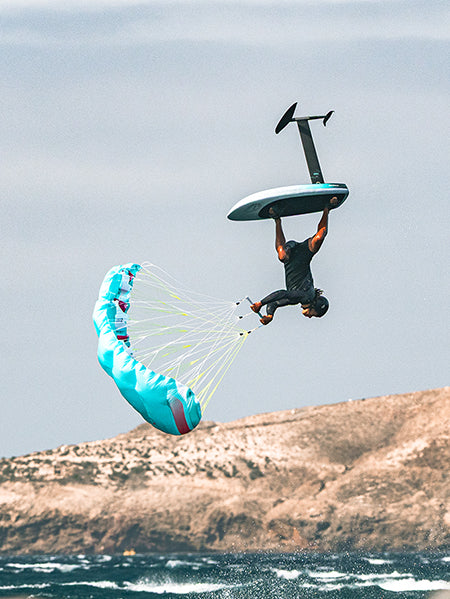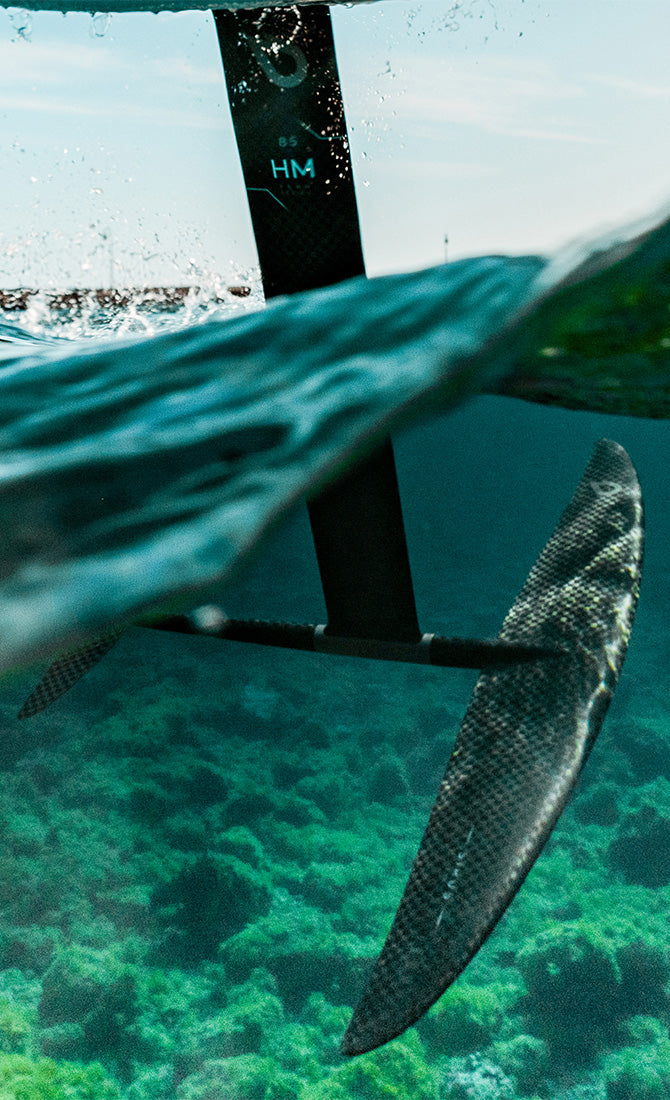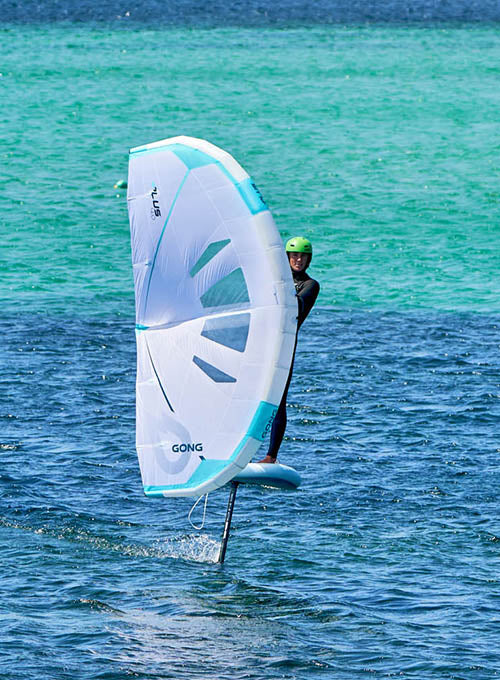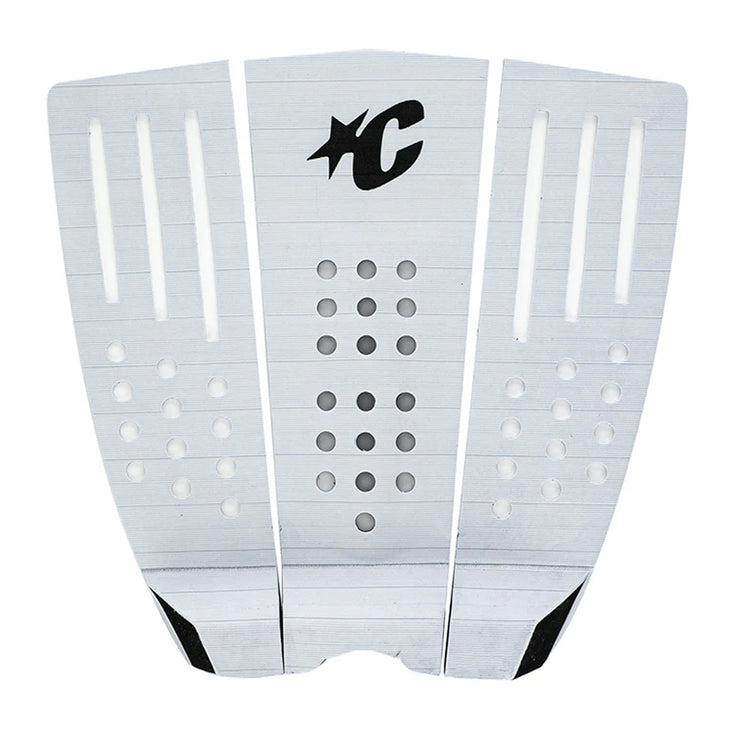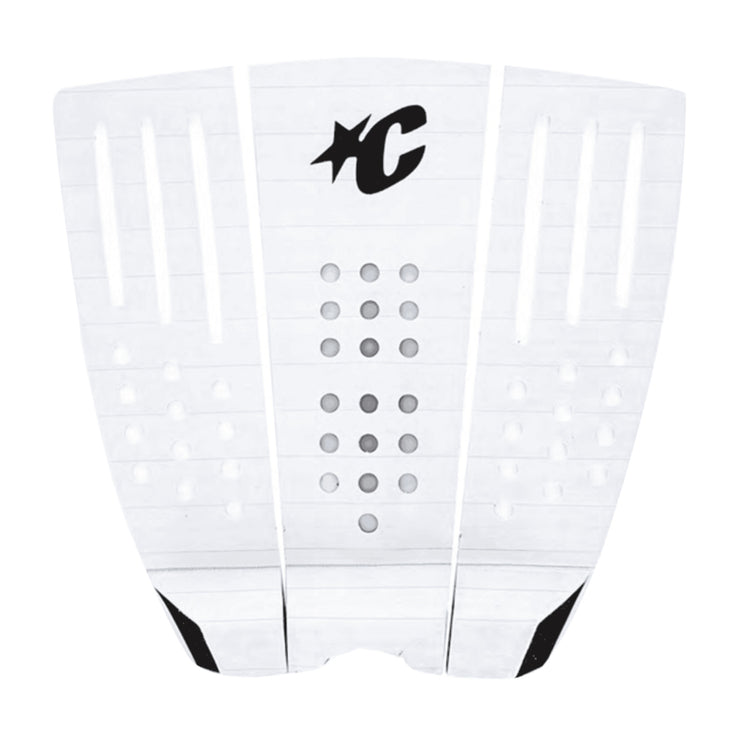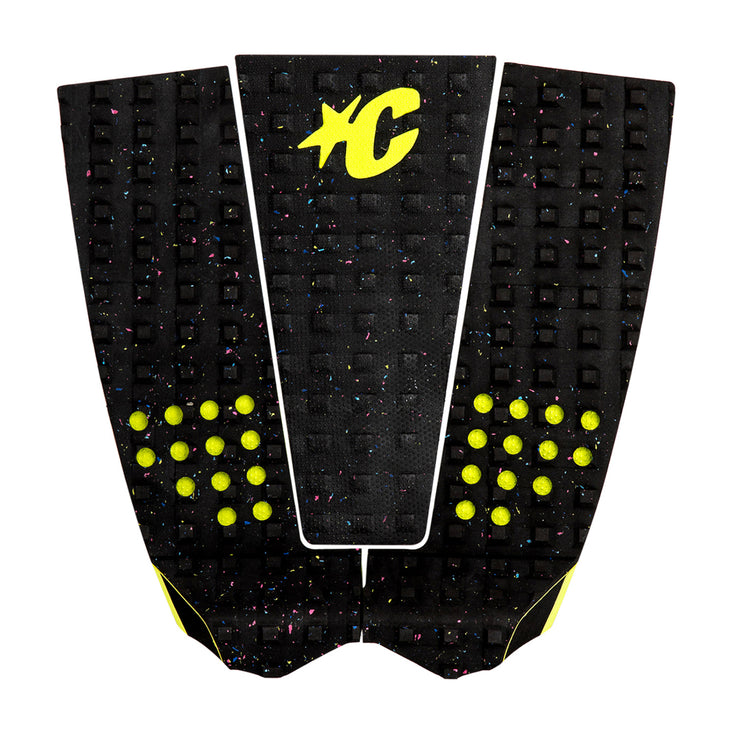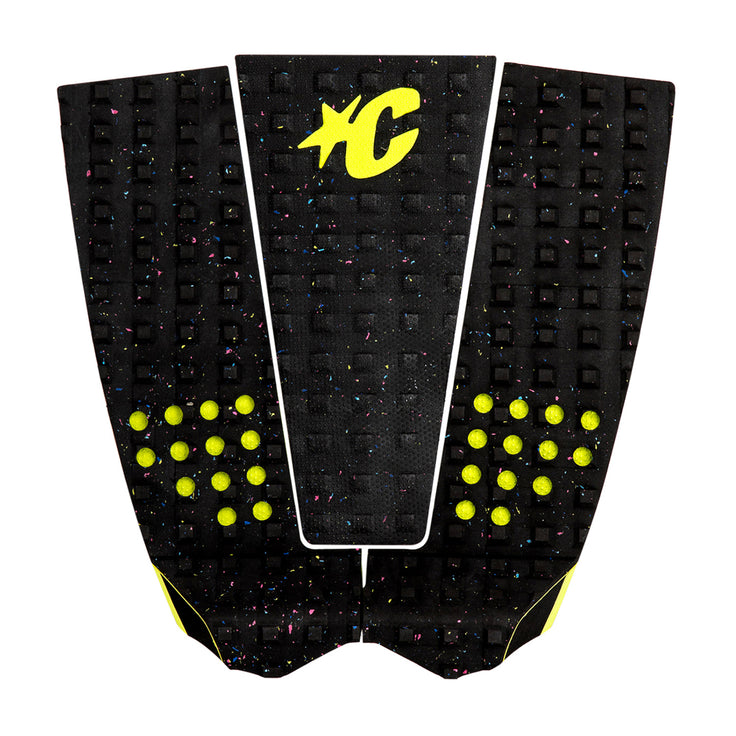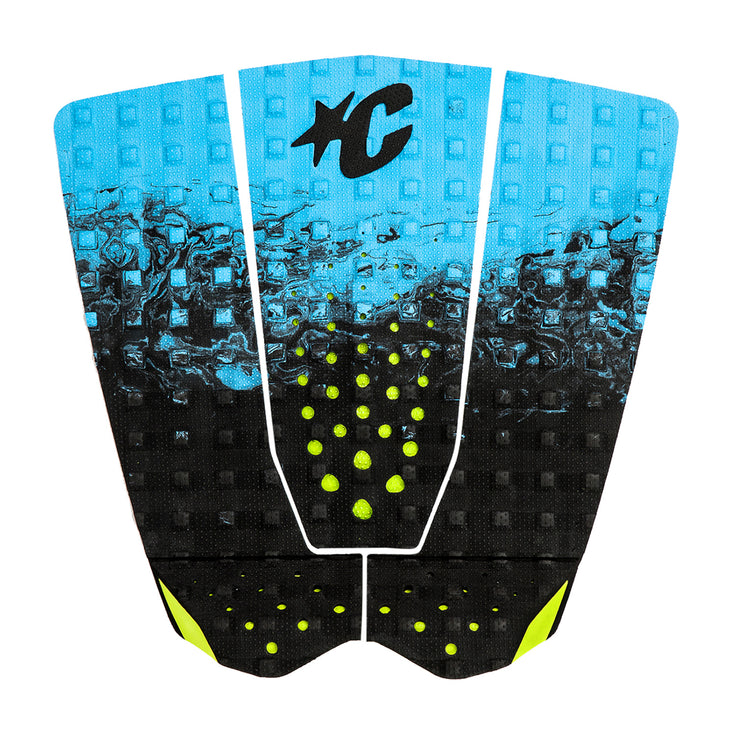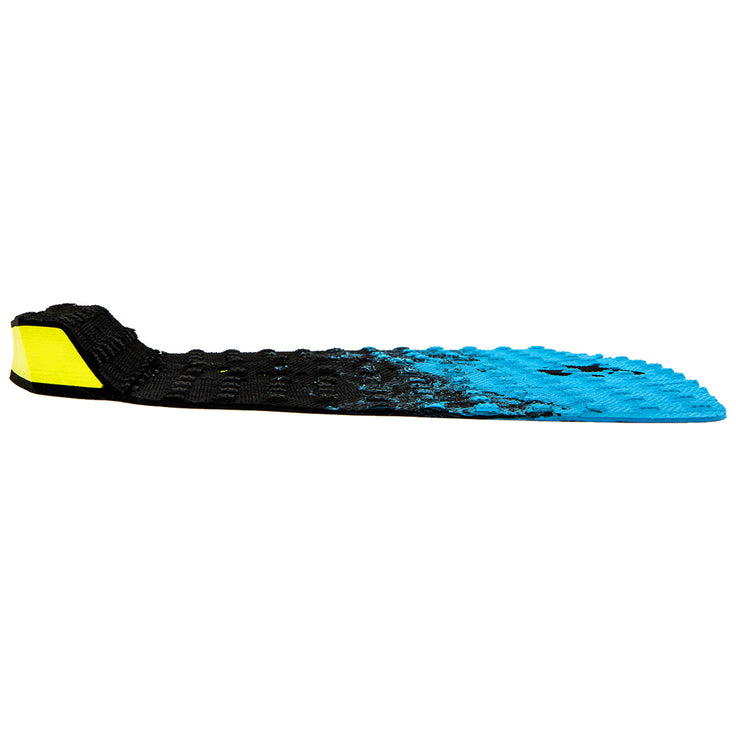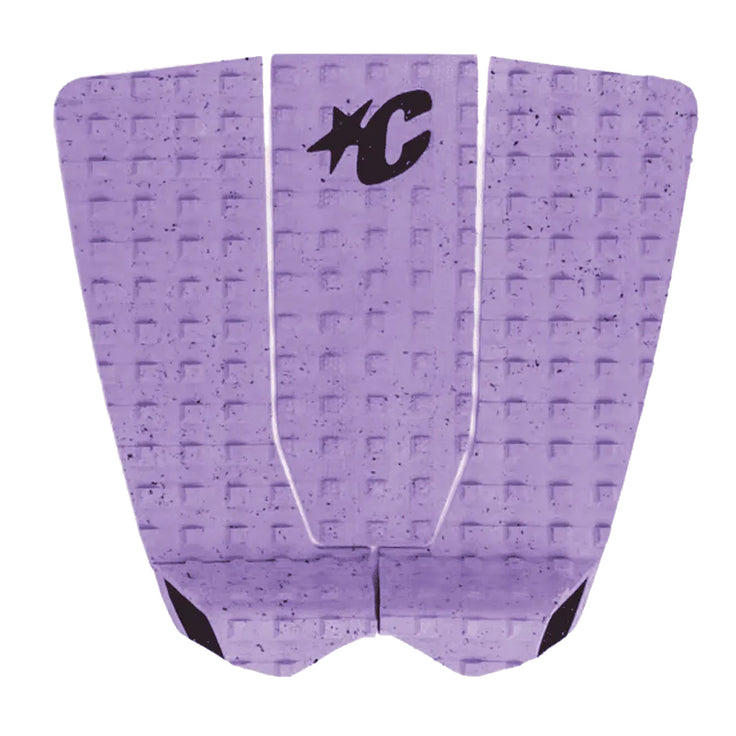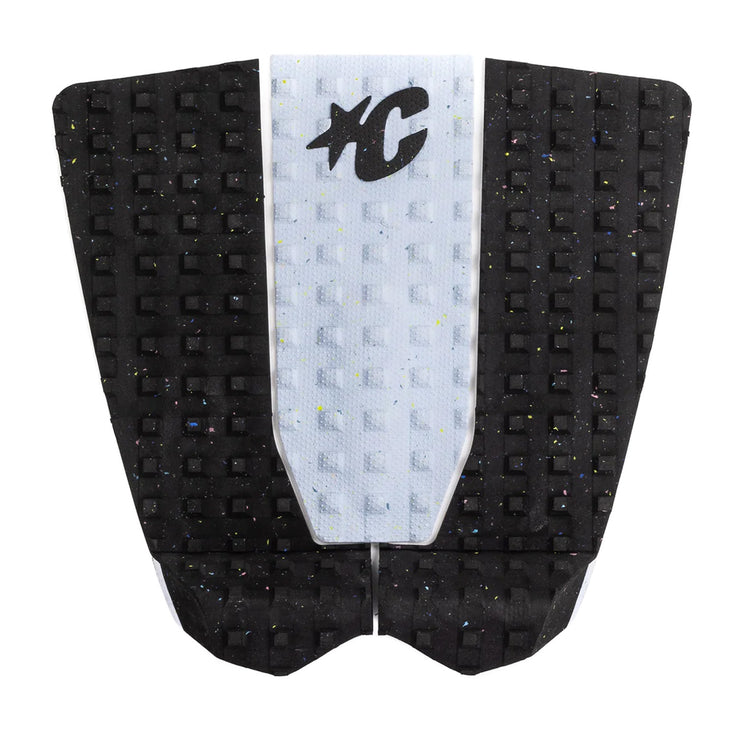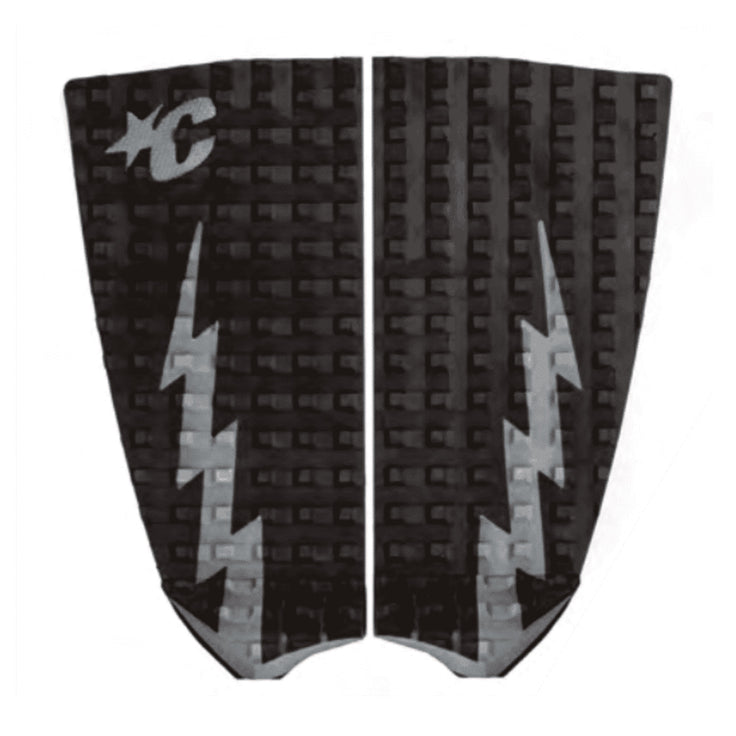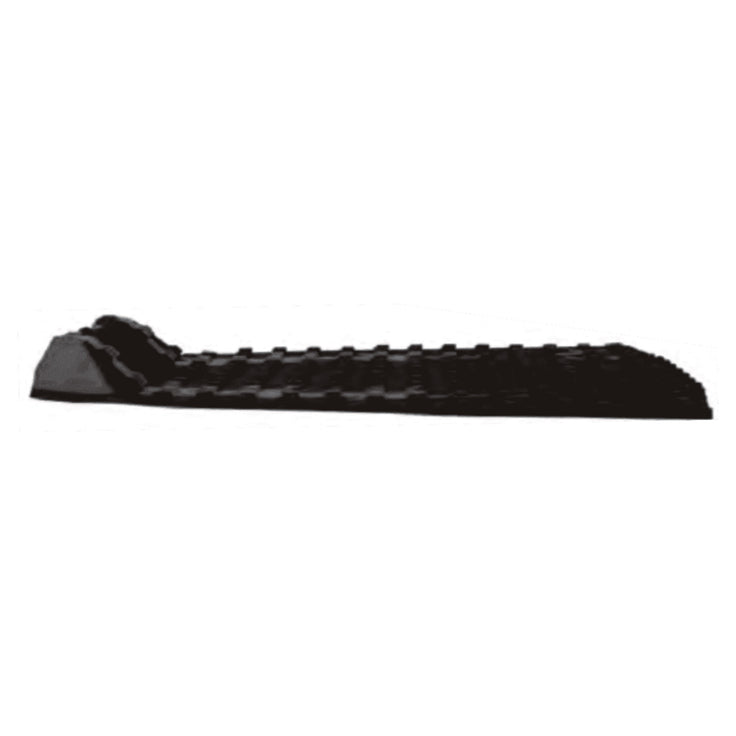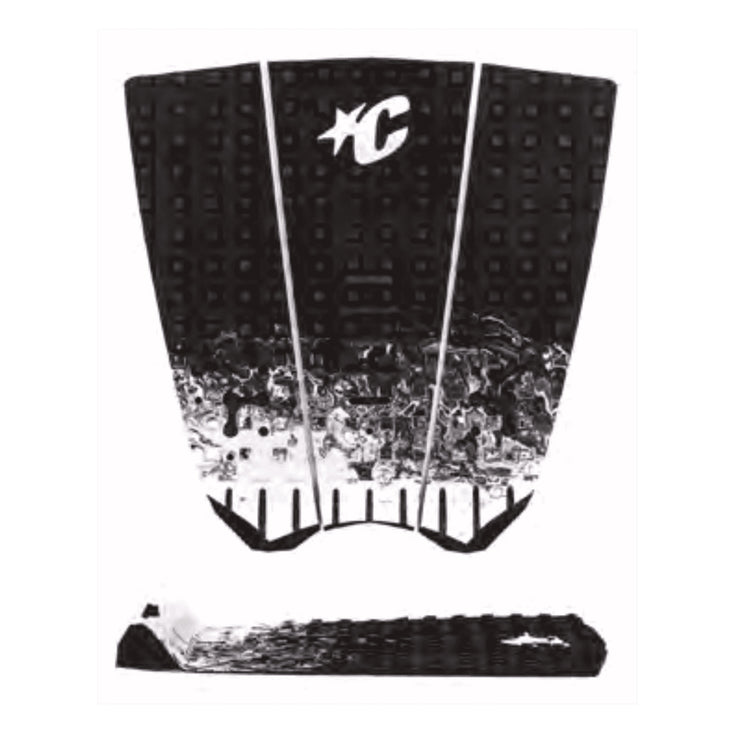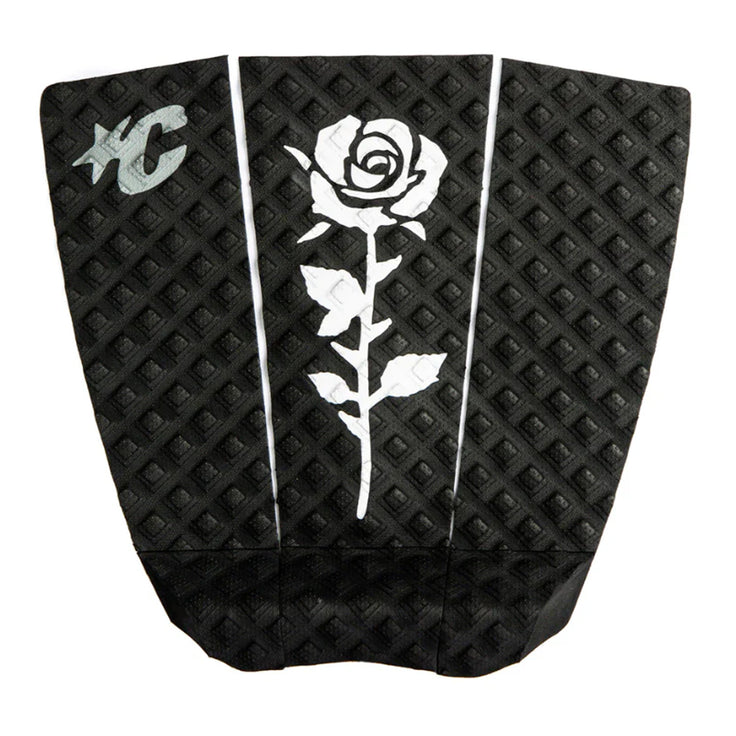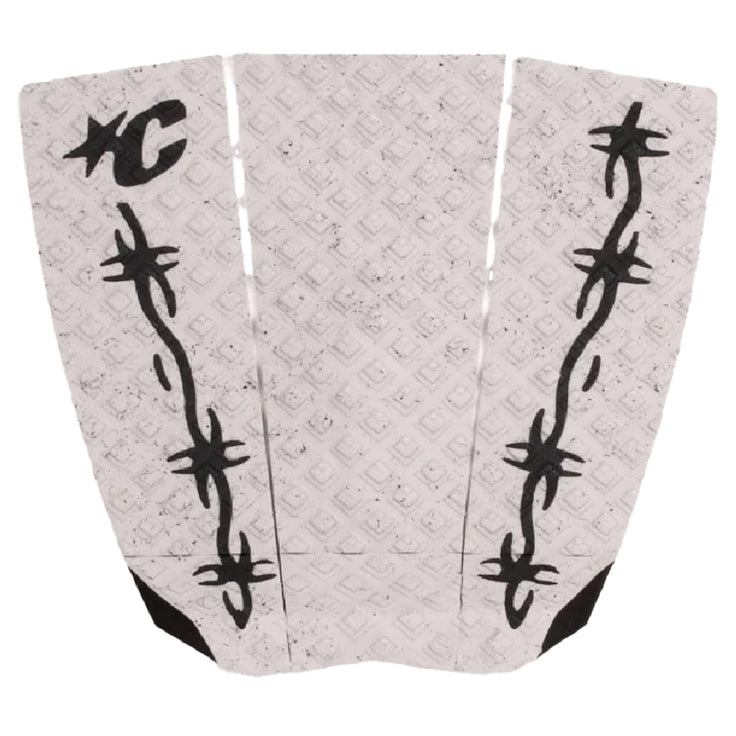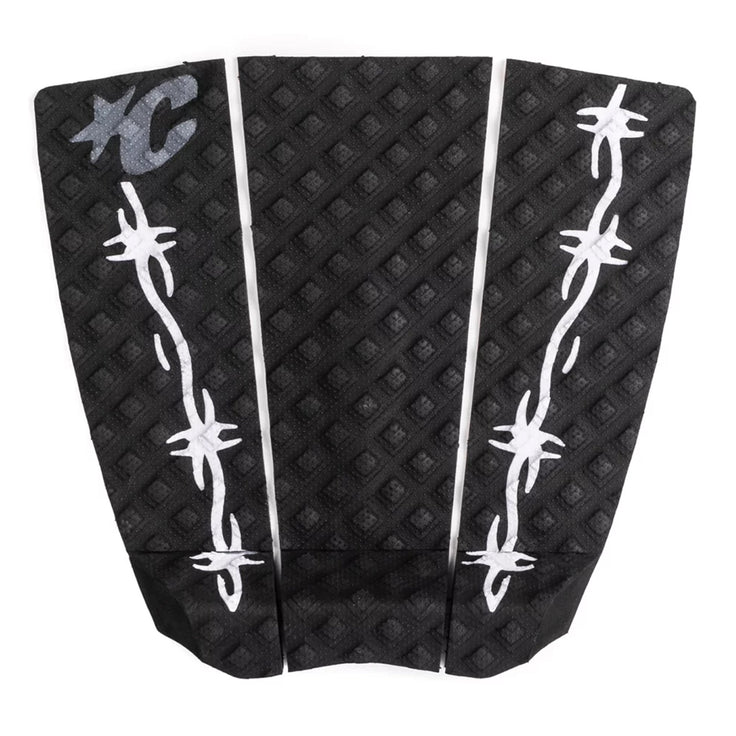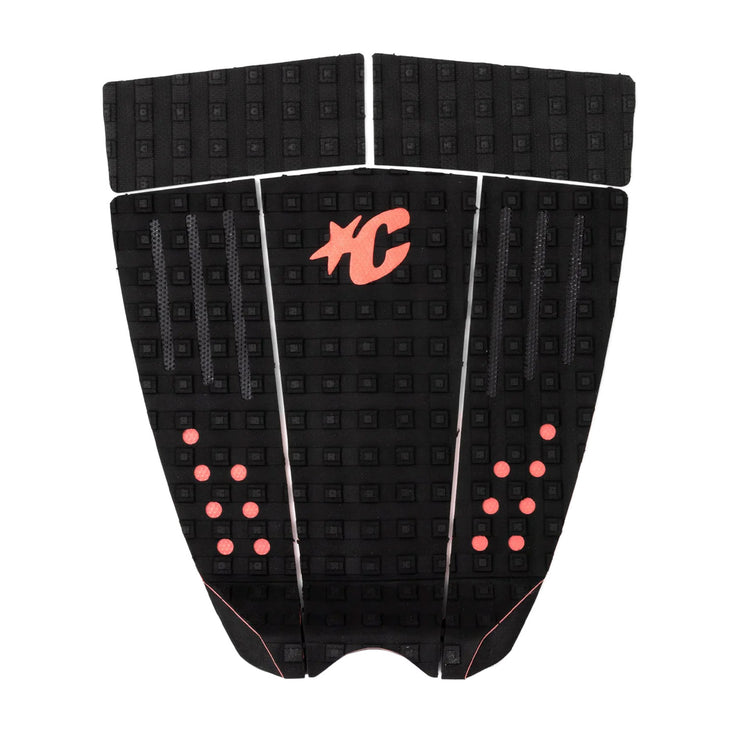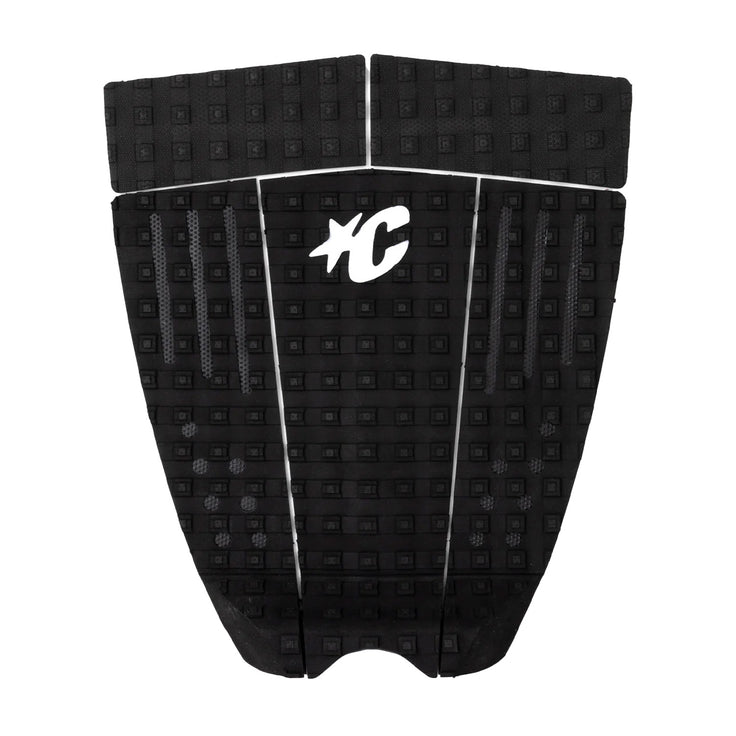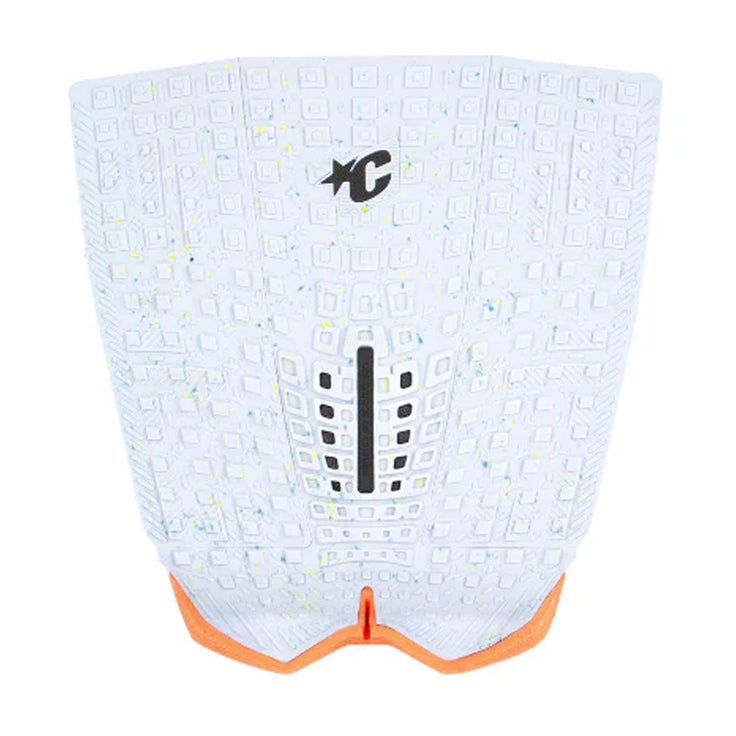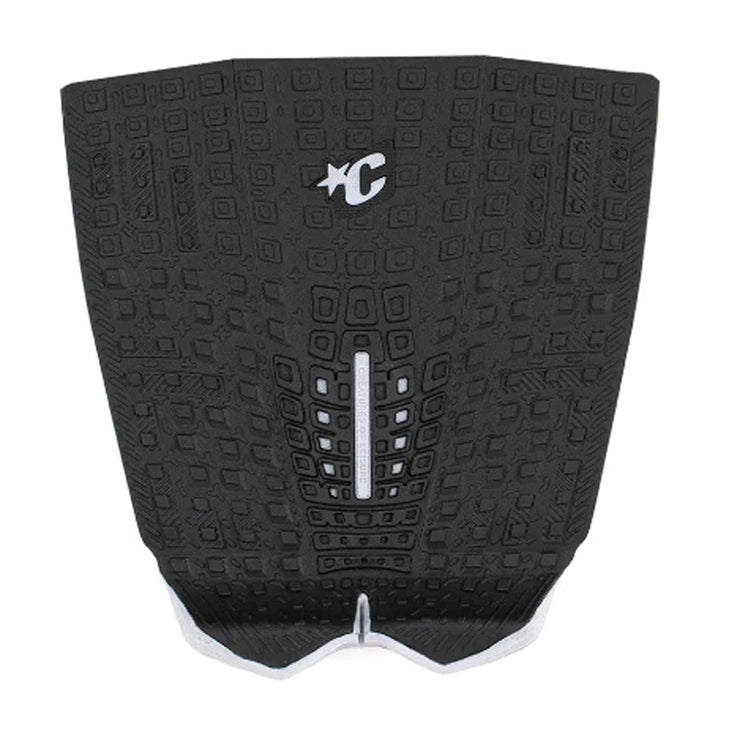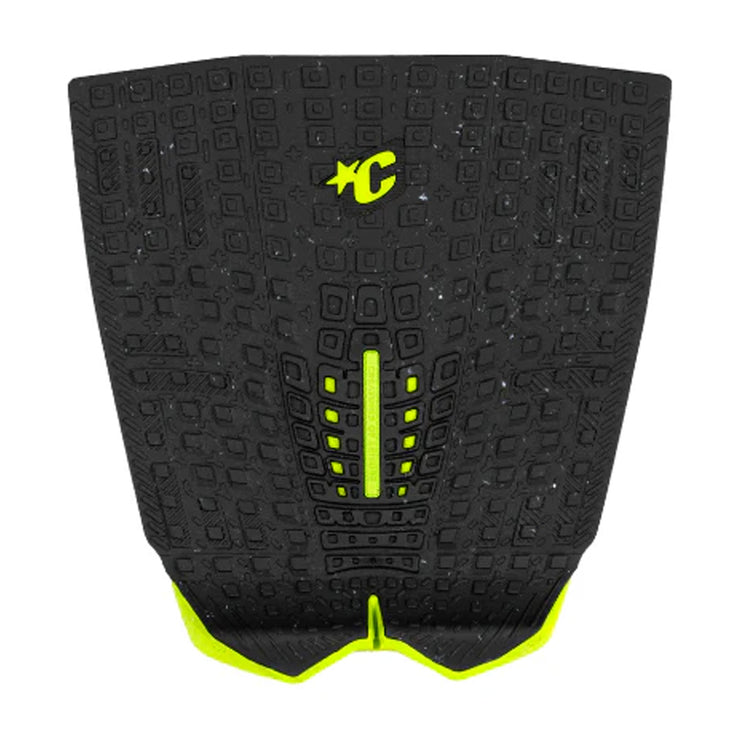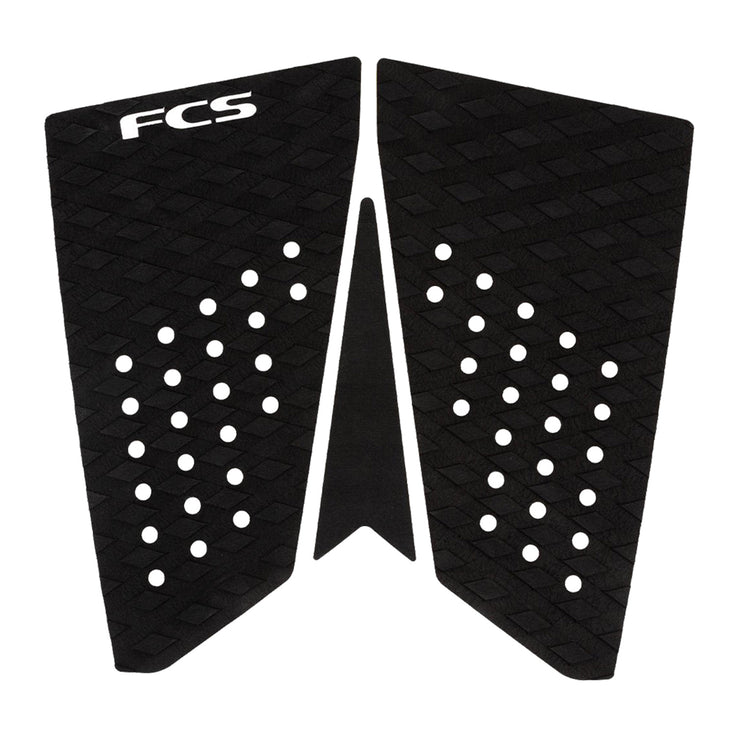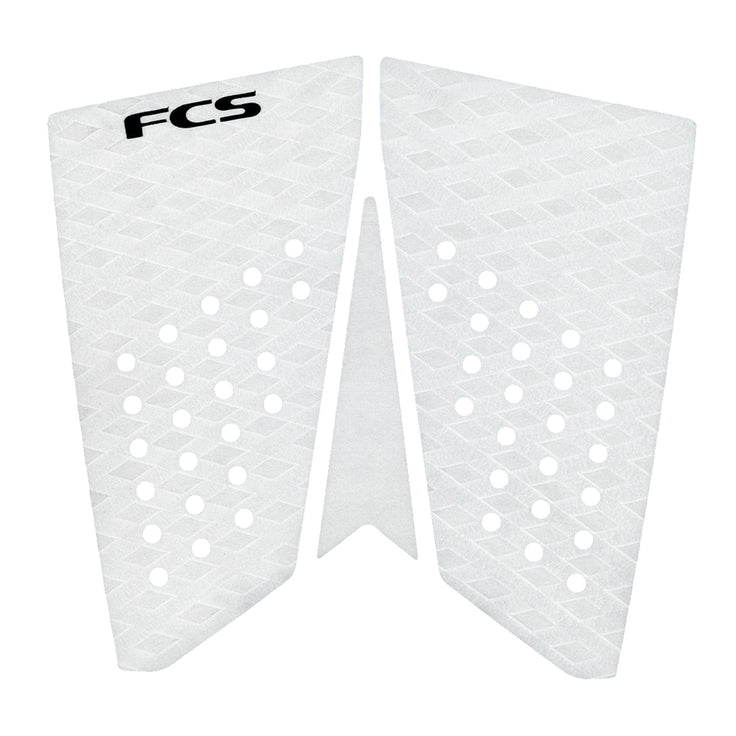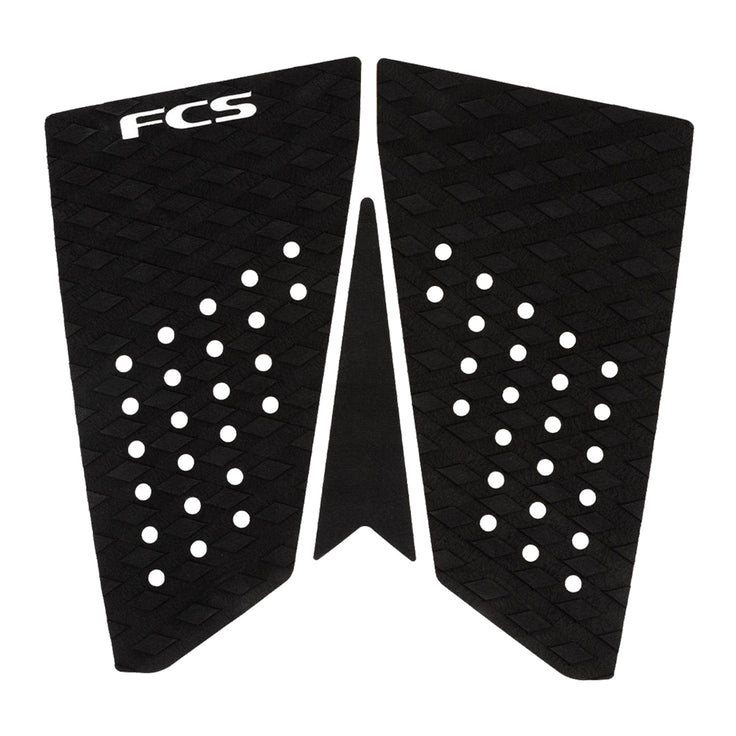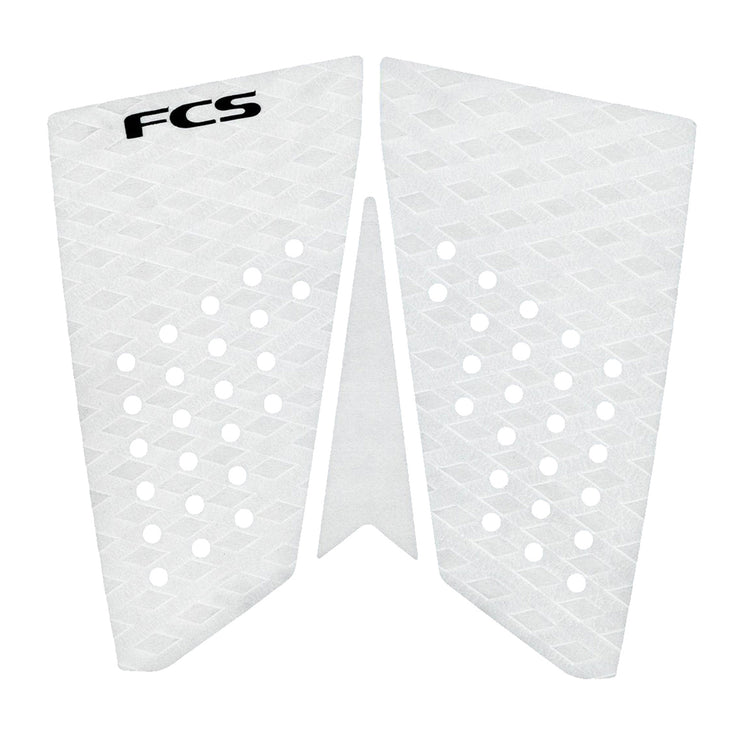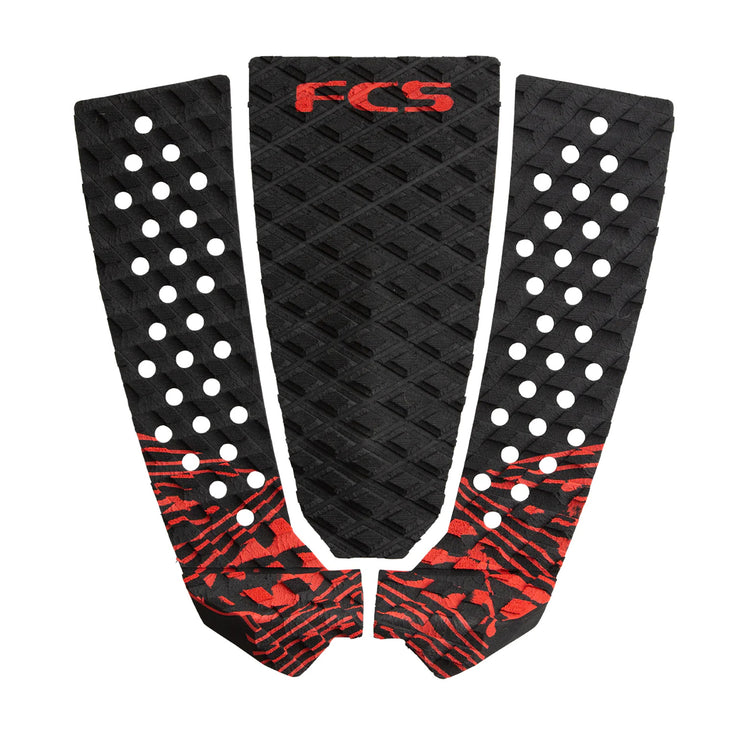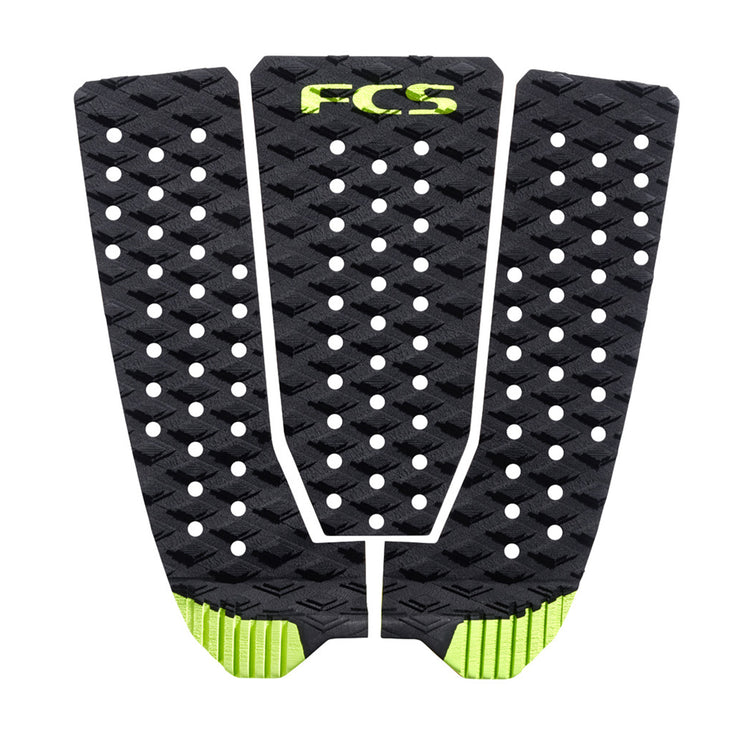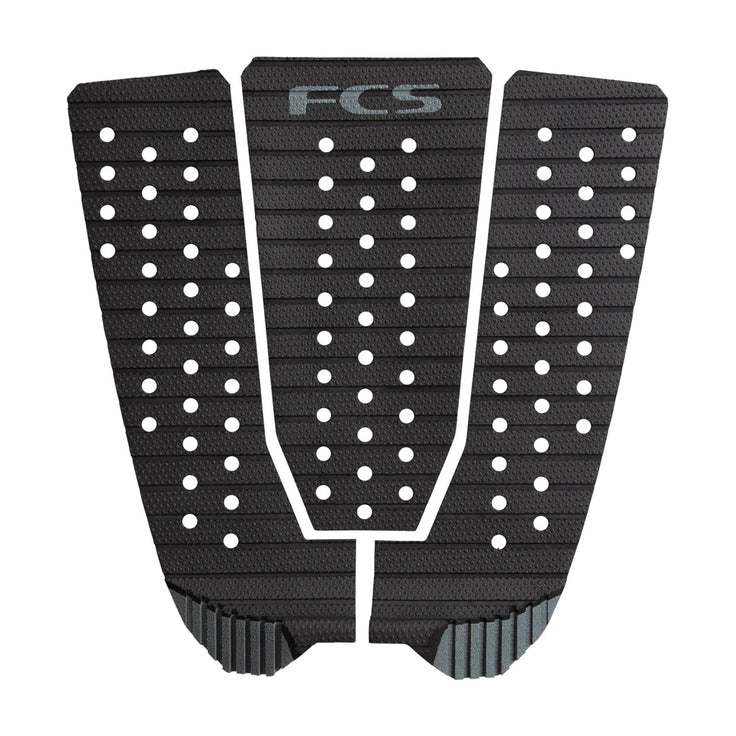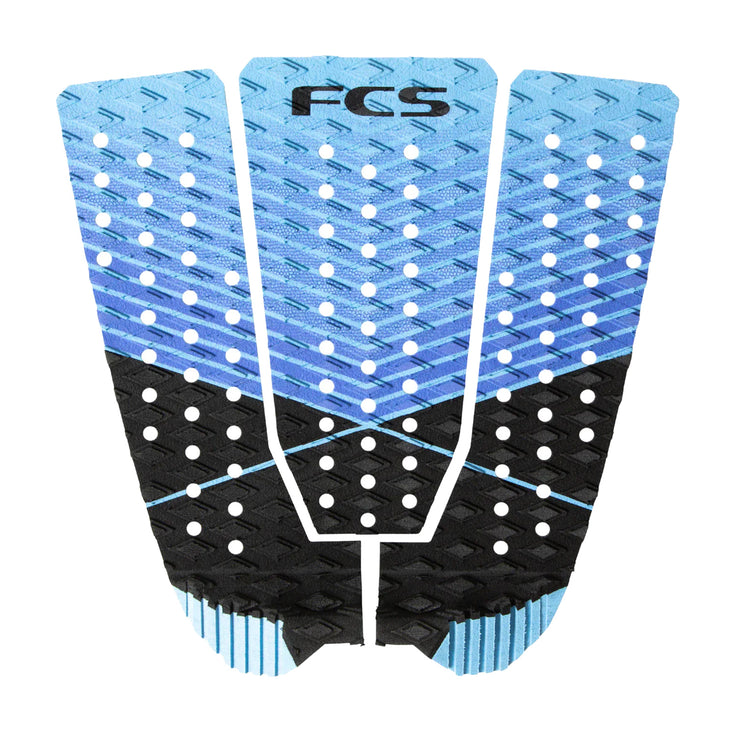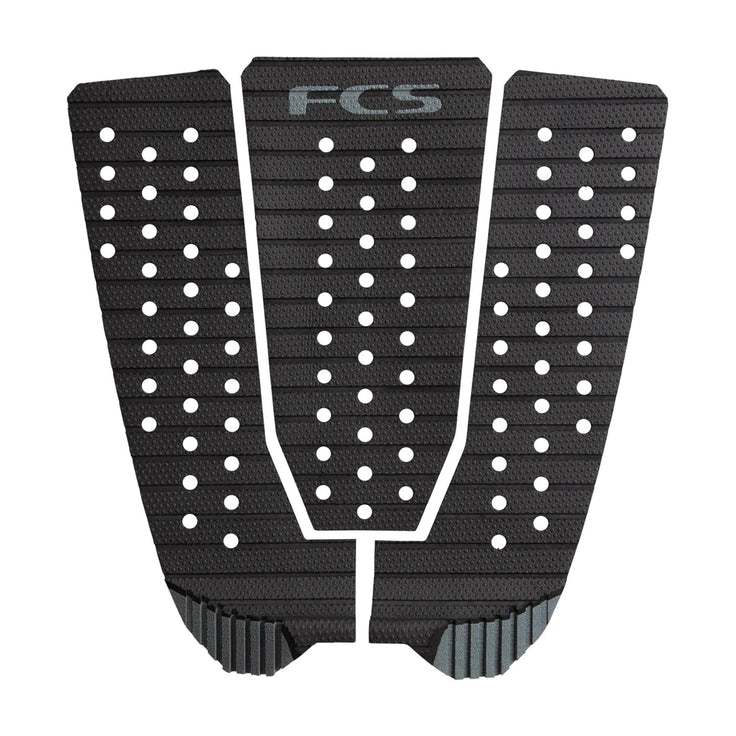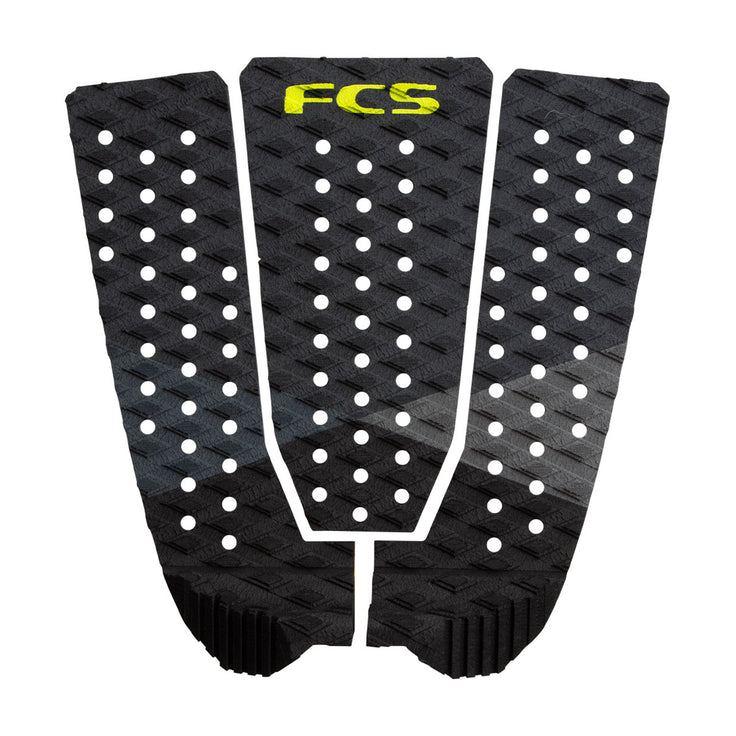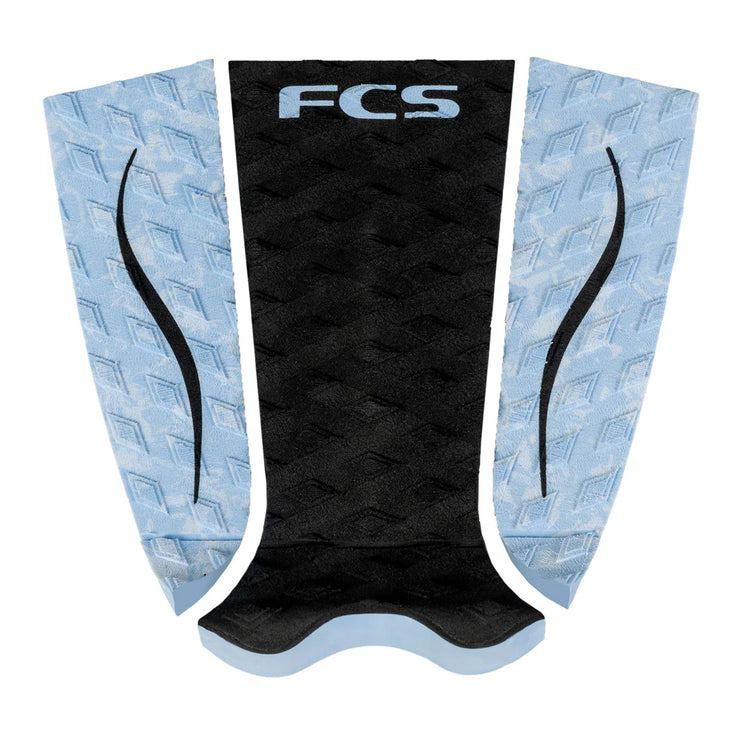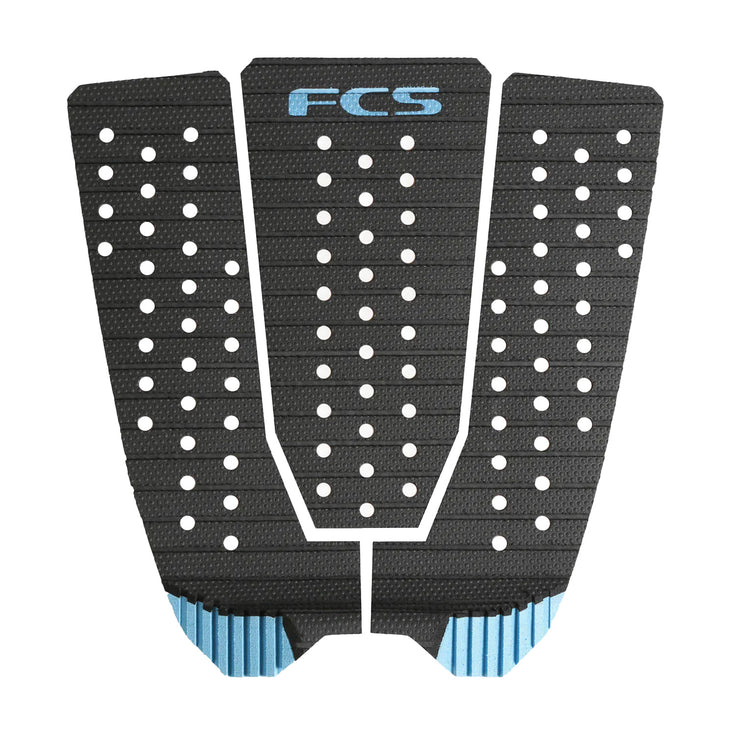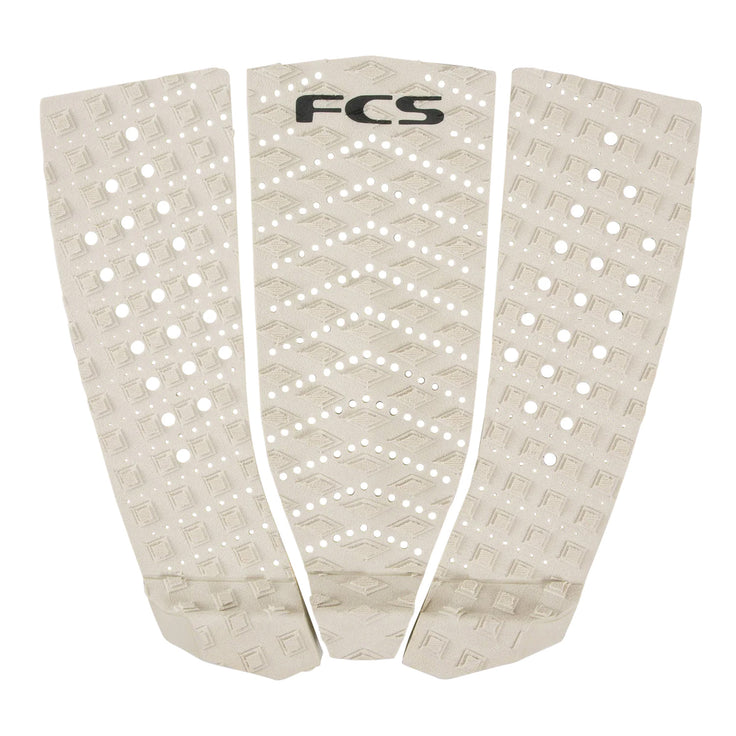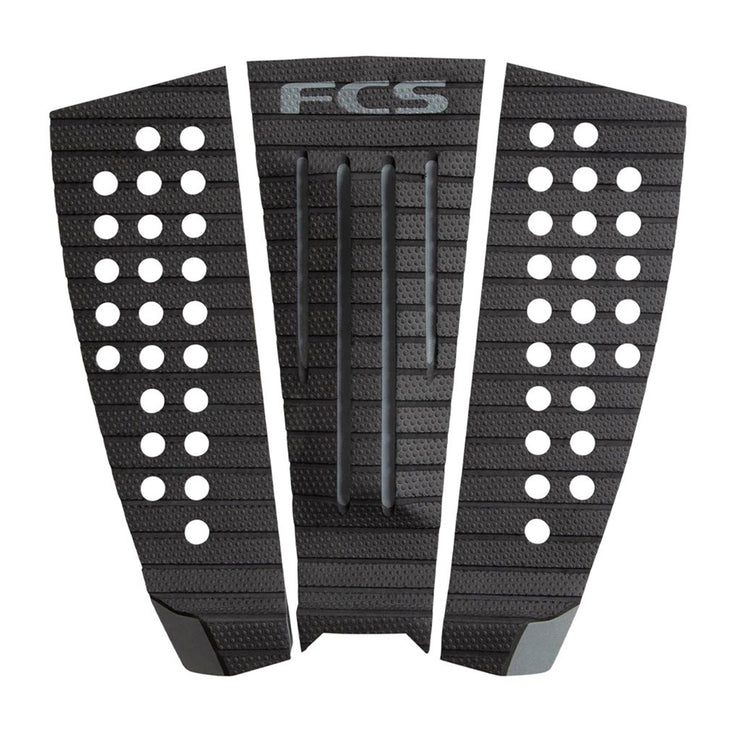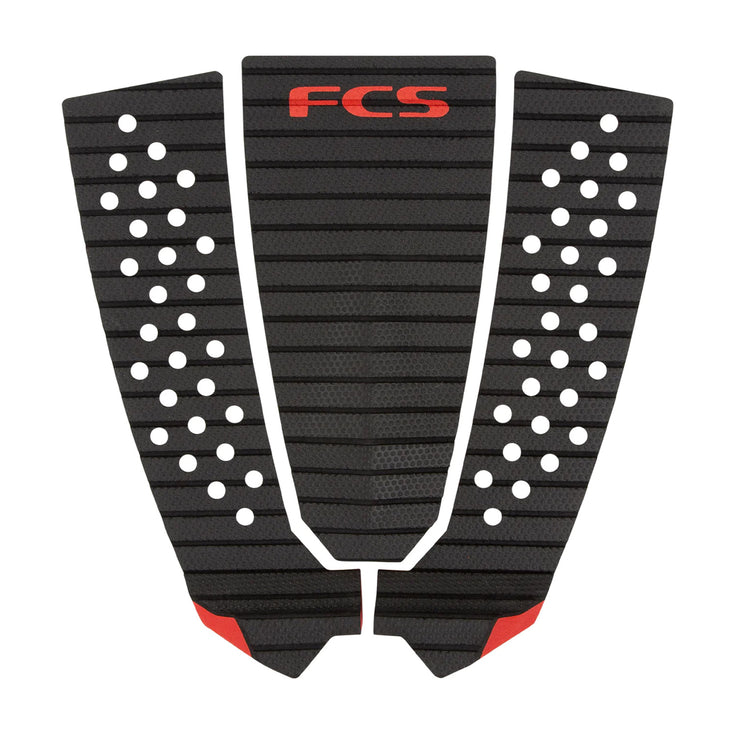heart
heart-full
heart
heart-full
Creatures of Leisure
Reliance III Cord Tail Pad
The Reliance III Cord offers the best no-pull feeling.
Regular Price
44€
Sale Price
44€Regular Price
heart
heart-full
heart
heart-full
Creatures of Leisure
Tail Pad Italo Ferreira Lite
The Italo Ferreira Lite Signature grip is the ultra lightweight 2x World Cham...
Regular Price
49€
Sale Price
49€Regular Price
heart
heart-full
heart
heart-full
Creatures of Leisure
Grom Griffin Colapinto Lite Tail Pad
The Grom Griffin Colapinto Lite tail pad, developed by Creatures of Leisure, ...
Regular Price
45€
Sale Price
45€Regular Price
heart
heart-full
heart
heart-full
Creatures of Leisure
Stephanie Gilmore Lite Ecopure Traction Pad
Stephanie Gilmore's signature Lite Ecopure tail pad, developed by Creatures o...
Regular Price
49€
Sale Price
49€Regular Price
heart
heart-full
heart
heart-full
Creatures of Leisure
Mick Fanning Performance - Twin Ecopure Tail Pad
The Mick Fanning Performance Twin Ecopure tail pad, developed by Creatures of...
Regular Price
49€
Sale Price
49€Regular Price
heart
heart-full
heart
heart-full
Creatures of Leisure
Mick Fanning Loc - Lite Ecopure Tail Pad
The Mick Fanning Loc-Lite Ecopure tail pad, developed by Creatures of Leisure...
Regular Price
50€
Sale Price
50€Regular Price
heart
heart-full
heart
heart-full
Creatures of Leisure
Jack Freestone Lite Ecopure Tail Pad
The Jack Freestone Lite tail pad, developed by Creatures of Leisure, is made ...
Regular Price
50€
Sale Price
50€Regular Price
heart
heart-full
heart
heart-full
Creatures of Leisure
Ethan Ewing Lite Pin Tail Traction Pad
The Ethan Ewing Lite tail pad, developed by Creatures of Leisure, is made for...
Regular Price
50€
Sale Price
50€Regular Price
heart
heart-full
heart
heart-full
Creatures of Leisure
Proto 1.4 Traction Pad
Performance and comfort!
Regular Price
79€
Sale Price
79€Regular Price
heart
heart-full
heart
heart-full
FCS
T-3 Fish Eco Tail Pad
New 3-piece fish pad, designed to fit both wide and narrow tail fish boards, ...
Regular Price
47€
Sale Price
47€Regular Price
heart
heart-full
heart
heart-full
FCS
Tail Pad Filipe Toledo - Grom Blood
The Filipe Toledo FCS tail pad focuses on comfort, support and grip.
Regular Price
49€
Sale Price
49€Regular Price
heart
heart-full
heart
heart-full
FCS
Tail Pad Toledo
Pro Model Filipe toledo.3 piece, arch bar, sanded grip enhancing surface, red...
Regular Price
49€
Sale Price
49€Regular Price
heart
heart-full
heart
heart-full
FCS
Tail Pad Kolohe
Pro Model KOLOHE ANDINO.
Regular Price
49€
Sale Price
49€Regular Price
heart
heart-full
heart
heart-full
FCS
Moore Tail Pad
Designed and customized by Carissa Moore and FCS.
Regular Price
49€
Sale Price
49€Regular Price
heart
heart-full
heart
heart-full
FCS
Tail Pad Kolohe Andino Teadlite - Black Tranquil Blue
The Kolohe Andino 3-piece pad is made for comfortable support and committed t...
Regular Price
50€
Sale Price
50€Regular Price
heart
heart-full
heart
heart-full
FCS
Tail Pad T-3 Wide Eco
The T-3 Eco Wide tail pad combines design, performance and high quality mater...
Regular Price
50€
Sale Price
50€Regular Price
heart
heart-full
heart
heart-full
FCS
Tail Pad Julian Wilson
Pro Model Julian Wilson.3 piece, arch bar, sanded grip enhancing surface, red...
Regular Price
50€
Sale Price
50€Regular Price
heart
heart-full
heart
heart-full
FCS
Barron Mamiya Signature Tail Pad
Barron Mamiya's Signature Traction.
Regular Price
49€
Sale Price
49€Regular Price
heart
heart-full
heart
heart-full
FCS
Tail Pad Filipe Toledo Treadlite - Black Red
Filipe Toledo’s 3-piece tail pad features the new Treadlite technology.
Regular Price
50€
Sale Price
50€Regular Price
heart
heart-full
heart
heart-full
Gorilla
Tail Pad Phat Three
The 3-piece Phat Three tail pad developed by Gorilla provides the necessary s...
Regular Price
29,40€
Sale Price
29,40€Regular Price
42€
